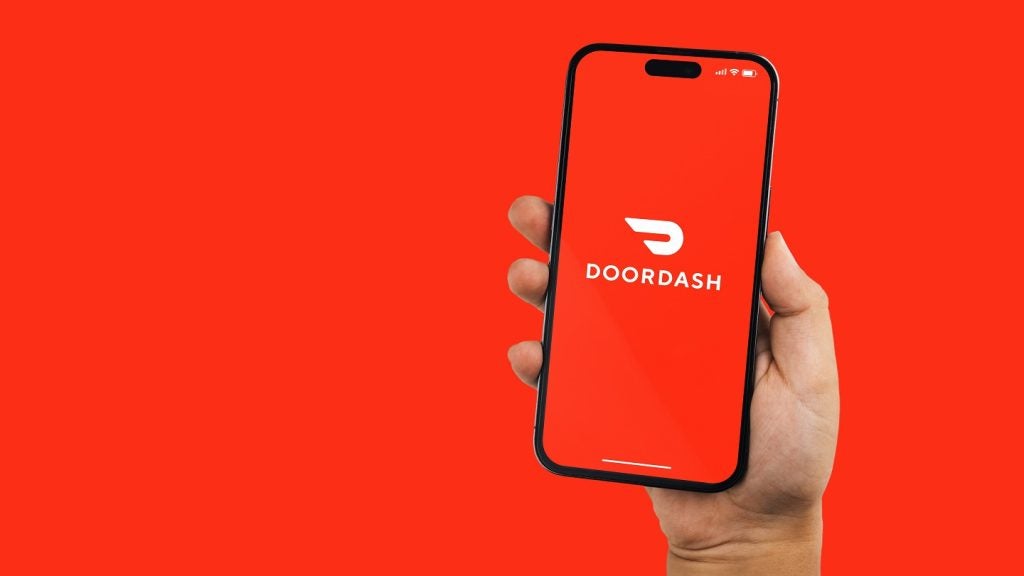From reserving a library book online and picking it up in person, to visiting a health clinic and receiving test results via text message, omnichannel interactions have made the customer experience better in almost every walk of life. It’s no surprise, then, that it’s overwhelmingly taken over e-commerce, too.
A new report by Infobip finds that 68% of ‘social shoppers’, the largest segment of modern customers outlined in the report, expect seamless communication between channels as standard.
Meanwhile, industry research now shows that brand communications that use at least three channels, compared to those launched on just one channel, have a 494% higher order rate.
As a result, brands are increasingly adopting every possible channel – from emails to chatbots, voice calls to video conferencing – to communicate with customers, develop end-to-end journeys, and deliver enriching experiences.
But immediate customer satisfaction isn’t the sole benefit of omnichannel marketing. A more strategic, long-term approach sees businesses leveraging the data from these communications to develop more bespoke experiences for their customers, shifting away from automation towards personalisation.
So, how can progress your brand from omnichannel to omniscient? Let’s take a look.
Capturing customers’ attention
Whether it’s in-store interactions, AI chatbots, live agents, digital contact centres or beyond, the demand from customers is the same. They want personalised experiences with a consistent message, and delivering this has become a necessity for retail brands.
A brand could have the best product on the market but if the customer’s experience on the website flatters to deceive, they won’t buy it.
Customers have so many options at their fingertips in today’s marketplace that the margin for error has never been smaller, and so businesses need to be prioritising consistency of voice across all channels.
In doing so, businesses can build stronger relationships with their customers, increase customer satisfaction, and ultimately drive business growth by unifying data and using multiple channels for interactions. Let’s explore the power of this omnichannel personalisation.
Leveraging the right tools and technology
Though brands have made huge strides in using data to personalise experiences for their customers, 56% of shoppers still feel their CX is too generic – leaving a huge gap between the 71% who expect bespoke messaging. Today, almost all (92%) of marketers agree that personalisation is a must and that if you don’t tailor your marketing, you’re likely to lose customers’ precious attention.
Though behaviours and channel preferences continually evolve, we know that consumers crave empathetic, human, personal connections at every touchpoint. So, to meet modern expectations, brands need to deliver a customised, streamlined buyer’s journey across all channels, from web and social, to email and mobile, anticipating customers’ needs and meeting them regardless of touchpoint. But this at-scale personalisation is impossible for a manual workforce to deliver. Instead, brands must leverage automation and AI tools to maximise engagement while minimising resources.
Why personalisation is so crucial
Successful omnichannel personalisation requires analysis of customer data to uncover their wants and needs, so you can tailor your messaging accordingly. AI can play a huge role here, and there are different types that brands can use, from artificial intelligence to machine learning (ML) to natural language processing (NLP).
But ultimately, these tools all contribute to the same goal – collecting and analysing swathes of customer data, from touchpoint interactions to purchase history, so brands can personalise their messaging and optimise each stage of the buyer’s journey. This process helps to boost customer engagement and increase a customer’s lifetime value, but it isn’t the only advantage to personalisation. Equally impactful benefits include:
- Higher conversion rate: Customers who feel understood and appreciated are far more likely to make a purchase. Omnichannel personalisation encourages them to buy because communicates with each customer in the way that resonates with them best, whether that’s online, in person, over the phone, via live chat, and more.
- Lower operational costs: Rather than targeting new customers with an expensive scattergun marketing strategy, AI-powered personalisation enables brands to target the best consumer audience for each campaign. This approach will minimise costs per conversion, allowing teams or reinvest resources back into increasingly optimised marketing.
- Stronger segmentation of data: AI can identify and build customer data segments based on shared characteristics to help brands understand, and appeal to, their needs and values. It also helps to circumvent human biases, like generalisations and stereotypes, to shine a clearer light on who your customers truly are.
How to implement AI-powered omnichannel personalisation
There are numerous ways in which you can use AI to create value for your customers.
The most obvious might be to analyse user behaviour and traffic data to make bespoke recommendations to your customers, for instance suggesting suitable products based on a user’s chatbot interaction and previously viewed pages. But personalisation can be present across the entire customer journey.
For instance, if your AI algorithm notices a customer keeps visiting a product page without purchasing, it can email them a specific discount code to encourage them to buy the item. It can even analyse the performance of customer previous emails, to identify the most effective types of messaging and best time of day to send.
Meanwhile, dynamic content allows you to tailor your webpages to each customer – think Amazon and its ‘related to items you've viewed’ sections – to best their interests. And increasingly advanced AI/NLP chatbots can proactively reach out to your customers, such as if they’ve spent a long period of time on a single page, to offer conversational support or advice. It’s no surprise that research shows that chatbots alone can increase sales by as much as 67%.
Ultimately, there’s no single way or silver bullet to engage widescale personalisation. With the help of tools like AI, brands must continuously test, measure, and refine their marketing to consistently improve their customers’ experiences. That way, you can deliver relevant, timely, and personal messaging in ways and on channels that resonate with your audience the most.
About the Author: James Stokes is the UK Head of Enterprise at Infobip, a platform specialising in AI-driven customer engagement tools.















